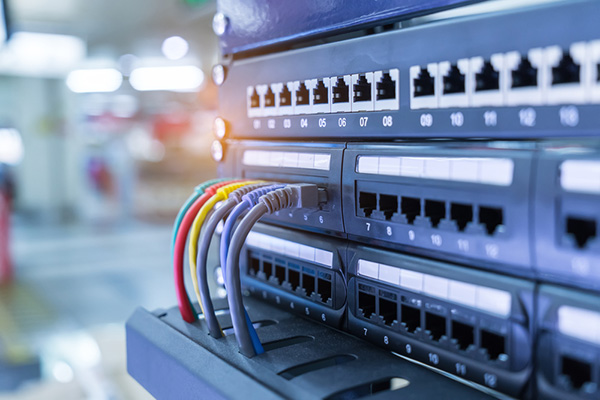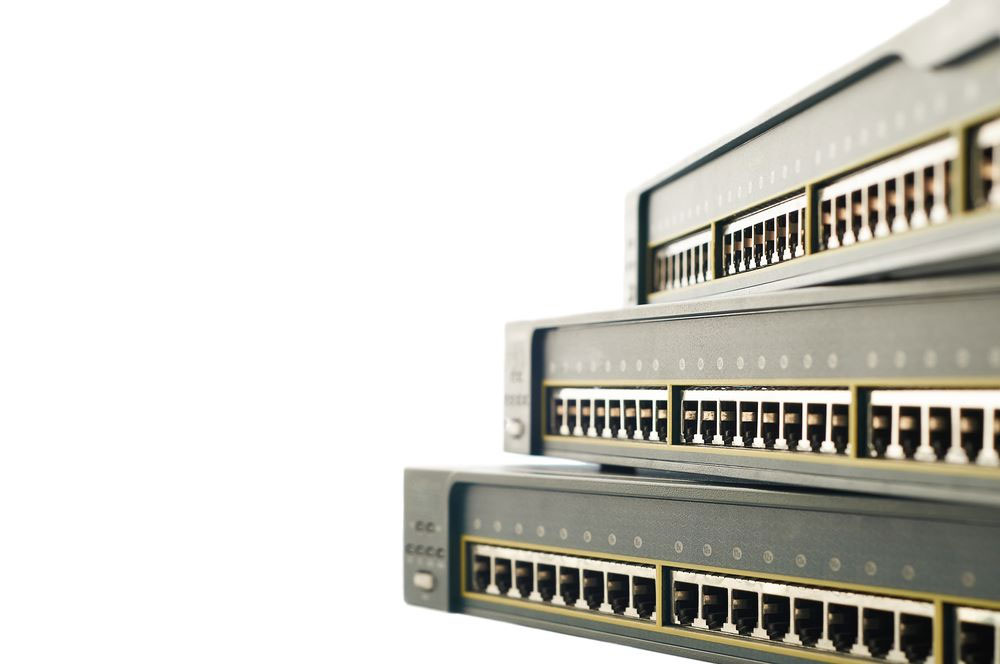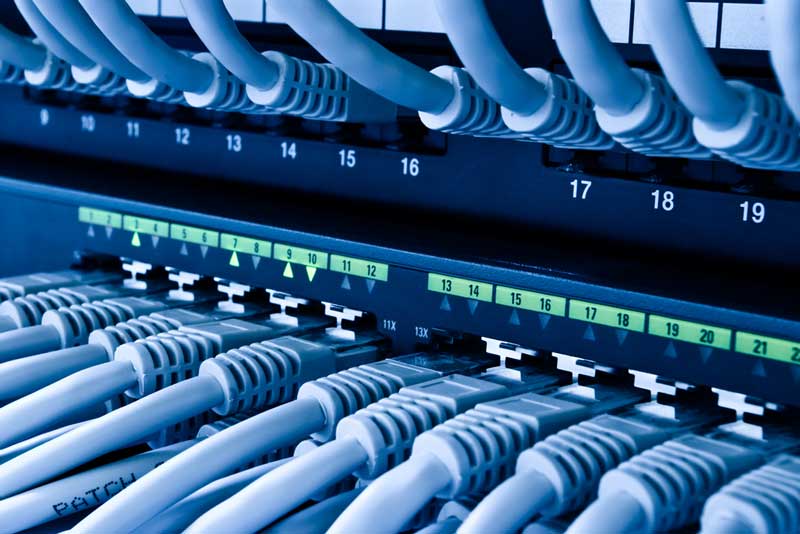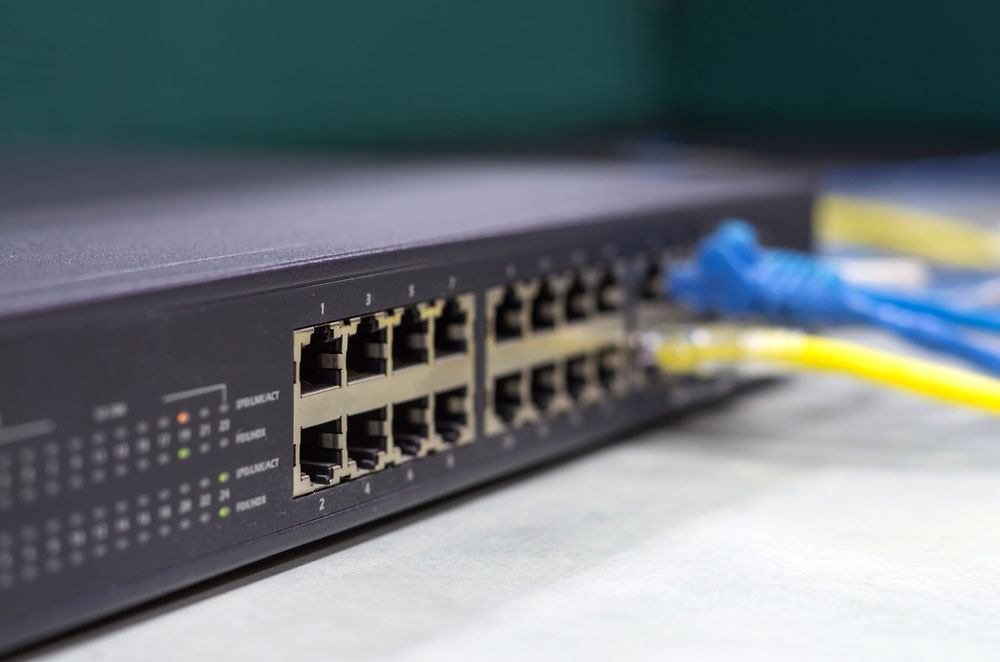Difference Between Managed and nmanaged Switches
Establishing a connection between two or more devices is referred to as a network. Creating a network can be the optimal solution for exchanging information within an office or company. Setting up a computer network requires both hardware and software. To establish connectivity between these components, devices such as routers, hubs, switches, or bridges are needed.
Switch:
A switch is a network device that connects computing equipment. For example, if an IP camera and a computer are located within a local network and are connected to a switch, the camera can then be controlled via the computer.
The primary function of network switches is the transfer of data packets between connected devices, typically within a Local Area Network (LAN). In terms of data traffic control capabilities, switches are categorized into two types: managed and unmanaged.
Types of Switches:
Management Switches
An unmanaged switch is a hardware device that establishes connections between various nodes or devices. Configuration is not possible with this type of switch.
Therefore, if network configuration is not required and you only wish to use switches for establishing connections between a few devices, we recommend using an unmanaged switch.
Unmanaged Switches
One of the key capabilities of managed switches is the ability to monitor and observe changes within the network. This means you can easily check the status of the equipment within the network and ascertain their health and activity on the network.
Advantages of Managed and Unmanaged Switches:
Managed switches provide you with greater control over data traffic. In addition to possessing the capabilities of unmanaged switches, they offer the ability to configure, manage, and monitor.
However, you cannot control unmanaged switches. If there is no need for data control within your local network, unmanaged switches represent a more suitable option due to their lower cost and ease of use.
Unmanaged switches have simpler functionality compared to managed switches, by creating Ethernet ports within a LAN network. This allows local devices to access the internet. In this type of switch, data is forwarded based on MAC addresses.
A managed switch extends network capabilities beyond those of unmanaged switches, providing administrators with greater control. Network administrators can create Virtual Local Area Networks (VLANs) within the network to divide it into smaller segments.
Managed switches can be used in configuring VLANs to designate a group of devices as a single work unit, and these switches can be used to isolate communication traffic between these different groups. This isolation and segmentation of internal network traffic can significantly help in reducing unnecessary traffic.
Conclusion:
Managed switches are more expensive than unmanaged switches. These switches offer more advantages and exceptional capabilities in network control and management compared to unmanaged switches, and can certainly significantly improve the performance of your network.
By examining all aspects, we conclude that in any network, all the requirements of that work environment must first be thoroughly assessed. Furthermore, as the network needs of that environment grow, they will undoubtedly need to control and monitor the traffic passing through their network.






